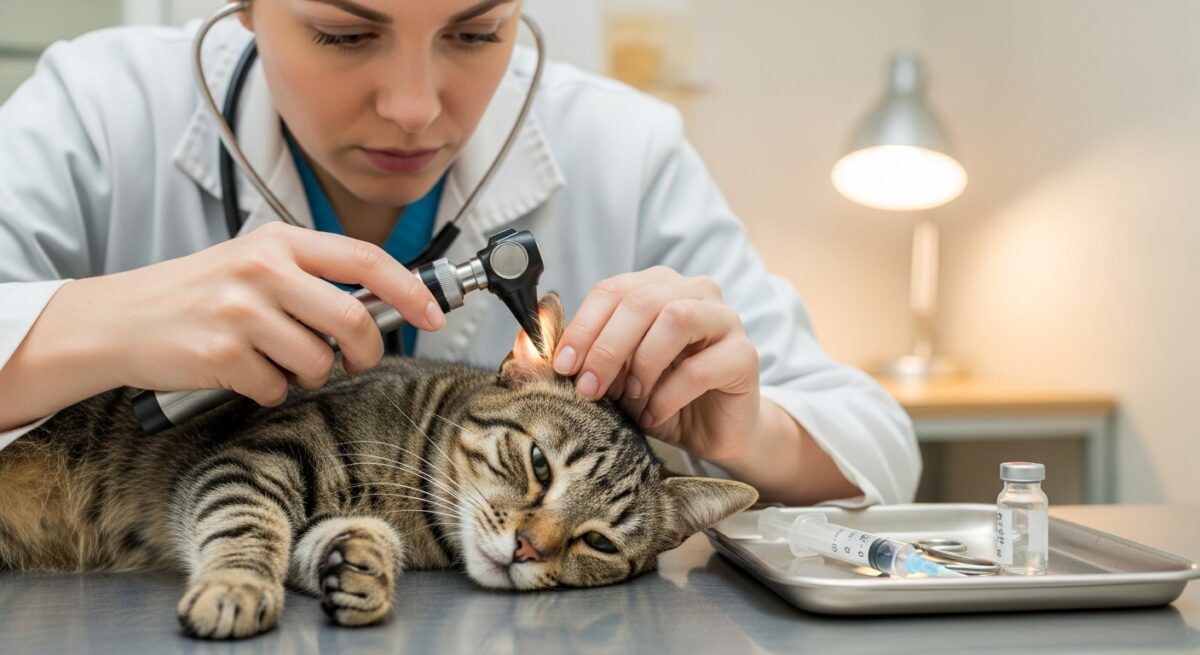Rybelsus vs Ozempic: Are They Really the Same Medication?
Managing type 2 diabetes often involves medications like Rybelsus and Ozempic, both of which are GLP-1 receptor agonists. A common question arises: is Rybelsus the same as Ozempic? Knowing the differences and similarities between these medications is vital for effective treatment decisions.
What Are Rybelsus and Ozempic?
Both Rybelsus and Ozempic help control blood sugar levels by mimicking the hormone GLP-1, which regulates insulin and appetite. However, they differ in formulation and administration.
Rybelsus
- Formulation: Rybelsus is an oral medication, taken in pill form, which is advantageous for those averse to injections.
- Dosage: It is typically taken once daily on an empty stomach for optimal absorption.
- Efficacy: Rybelsus effectively lowers HbA1c levels, similar to Ozempic.
Ozempic
- Formulation: Ozempic is an injectable medication, administered weekly, appealing to those who prefer less frequent dosing.
- Dosage: It can be injected at any time of day, with or without food, offering flexibility.
- Efficacy: Ozempic also significantly reduces HbA1c levels and aids in weight loss, making it popular among patients.
Key Differences and Similarities
In summary, Rybelsus and Ozempic are not the same but serve similar purposes in diabetes management. Their differences in administration and frequency can influence patient choice, making it essential to understand their unique characteristics.
Mechanism of Action: How Do They Work?
Managing type 2 diabetes involves exploring various medication options, with Rybelsus and Ozempic being two popular choices. Both belong to the GLP-1 receptor agonist class, but is Rybelsus the same as Ozempic? They share similarities, yet their mechanisms of action and administration differ significantly, affecting their effectiveness for different patients.
Rybelsus and Ozempic mimic the incretin hormone GLP-1, which is vital for glucose metabolism and appetite regulation. Here’s how they function:
1. Stimulating Insulin Secretion
- Both medications boost insulin secretion from the pancreas when blood sugar levels rise, helping to lower post-meal blood sugar levels.
- Research indicates that GLP-1 receptor agonists can reduce HbA1c levels by approximately 1-2%.
2. Reducing Glucagon Release
- They inhibit glucagon secretion, preventing excessive glucose release from the liver, which helps maintain stable blood sugar levels.
3. Slowing Gastric Emptying
- Both drugs slow gastric emptying, promoting a feeling of fullness and aiding in weight management.
- Clinical trials show that patients often experience weight loss with GLP-1 receptor agonists, a significant benefit for many with type 2 diabetes. In conclusion, while Rybelsus and Ozempic are not identical, they share a common mechanism that effectively manages type 2 diabetes, helping patients make informed treatment decisions.
Indications and Uses: Are They Prescribed for the Same Conditions?
Managing type 2 diabetes involves exploring various treatment options, with Rybelsus and Ozempic being two popular medications. But is Rybelsus the same as Ozempic? Understanding their indications and uses can clarify their roles in diabetes management.
Both Rybelsus and Ozempic are GLP-1 receptor agonists aimed at improving blood sugar control in adults with type 2 diabetes, but they differ in administration and specific indications.
Rybelsus
- Formulation: Rybelsus is an oral medication taken in tablet form, making it a convenient option for those who prefer not to use injections.
- Indications: It is specifically indicated for type 2 diabetes treatment, often prescribed when diet and exercise alone are insufficient for blood sugar control.
Ozempic
- Formulation: Ozempic is administered via a subcutaneous injection once a week, suitable for patients comfortable with injections or who prefer less frequent dosing.
- Indications: Ozempic is also indicated for type 2 diabetes management and has the added benefit of reducing the risk of major cardiovascular events in patients with established cardiovascular disease. In summary, while both medications treat type 2 diabetes, their different formulations and benefits cater to varying patient needs, aiding informed decisions in diabetes management.
Dosage and Administration: Key Differences
Managing type 2 diabetes often leads patients to explore various medication options, with Rybelsus and Ozempic being two popular choices. Both belong to the GLP-1 receptor agonist class and share similar active ingredients and therapeutic effects. However, is Rybelsus the same as Ozempic? The answer lies in their differing dosage and administration methods, which can significantly affect patient experience and treatment outcomes.
Understanding the distinctions in dosage and administration is vital for both patients and healthcare providers.
Rybelsus Administration
- Form: Oral medication in pill form.
- Dosage: Starts at 3 mg once daily for 30 days, potentially increasing to 7 mg or 14 mg based on blood sugar levels.
- Timing: Must be taken on an empty stomach, at least 30 minutes before the first meal, with a full glass of water.
Ozempic Administration
- Form: Subcutaneous injection.
- Dosage: Initial dose is 0.25 mg once weekly, adjustable to 0.5 mg or 1 mg based on response.
- Flexibility: Can be injected at any time of day, with or without meals.
In summary, while both medications effectively control blood sugar, their administration methods differ significantly. Therefore, it’s essential to consult a healthcare provider to determine the best option for individual needs.
Side Effects and Considerations: What to Watch Out For
Managing type 2 diabetes often involves exploring various medication options, with Rybelsus and Ozempic being two popular choices. Both belong to the GLP-1 receptor agonist class, but is Rybelsus the same as Ozempic? While they share similarities, key differences exist, particularly regarding side effects and usage, which are crucial for informed diabetes management.
Common Side Effects
- Nausea
- Vomiting
- Diarrhea
- Abdominal pain. Both medications can lead to gastrointestinal issues, especially during the initial treatment phase. Nausea is particularly common, affecting about 20% of users. Monitoring your body’s response in the early weeks is essential.
Serious Side Effects
- Pancreatitis
- Kidney problems
- Allergic reactions. Though common side effects are often mild, serious risks like pancreatitis and kidney issues can occur. Severe abdominal pain warrants immediate medical attention, and regular kidney function monitoring is crucial for those with existing conditions.
Considerations Before Starting Treatment
- Discuss with your doctor
- Review your medical history
- Monitor blood sugar levels. Before starting Rybelsus or Ozempic, consult your healthcare provider to determine the best option for your needs. Regular blood sugar monitoring is also vital to ensure effective treatment and early detection of side effects. Understanding the differences between these medications can lead to better health outcomes.
FAQ: Rybelsus and Weight Loss
Is Rybelsus better than Ozempic for weight loss?
Both Rybelsus and Ozempic can help with weight loss, but their effectiveness varies from person to person. Ozempic may be slightly more potent due to its injectable form, while Rybelsus is an oral option.
Why is Rybelsus so hard to get?
Rybelsus can be in high demand, especially in areas where supply issues occur. Shortages can happen due to manufacturing limitations or increased prescription rates.
Is Rybelsus used for weight loss?
While primarily prescribed for type 2 diabetes, Rybelsus has shown potential for weight loss and is sometimes prescribed off-label for this purpose.
What are the pros and cons of Rybelsus?
Pros: It’s an oral medication, effective for blood sugar control, and helps with weight loss.
Cons: Side effects can include nausea, and it may be difficult to access in some areas.
Ready to upgrade your Medicare? Visit NewMedicare.com or call 📞 (833) 203-6742 for your free quote!






